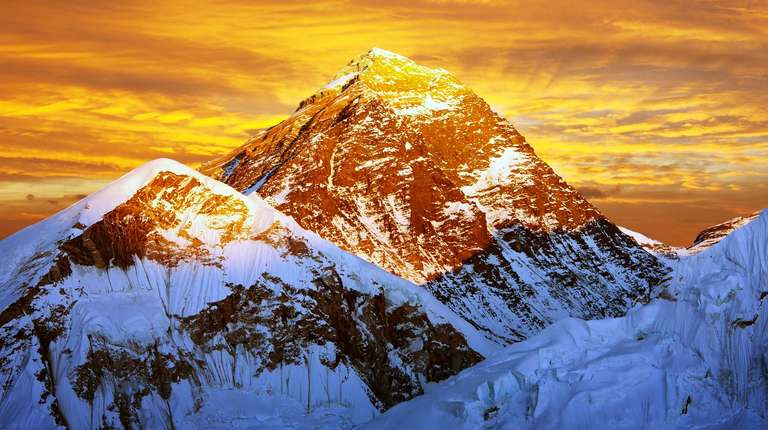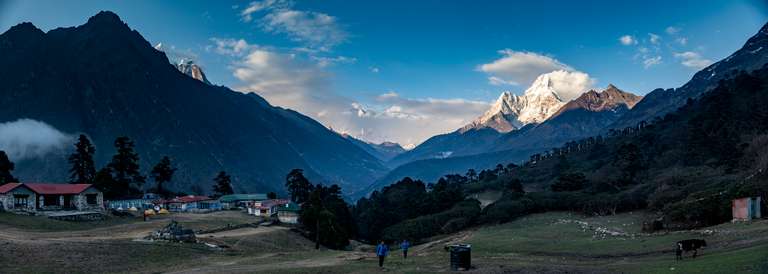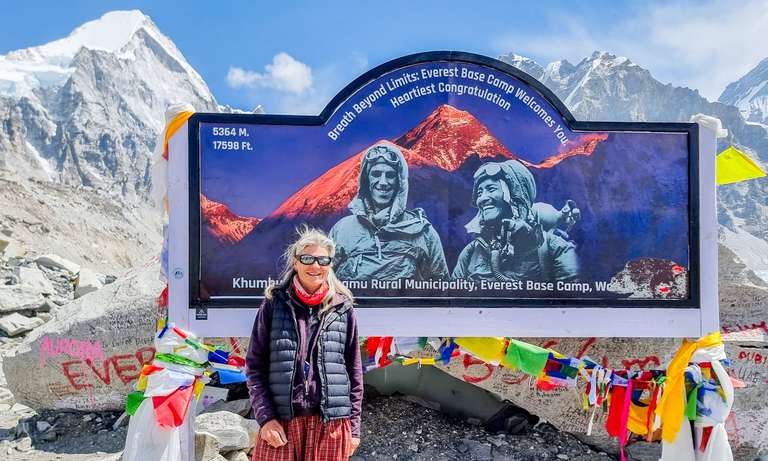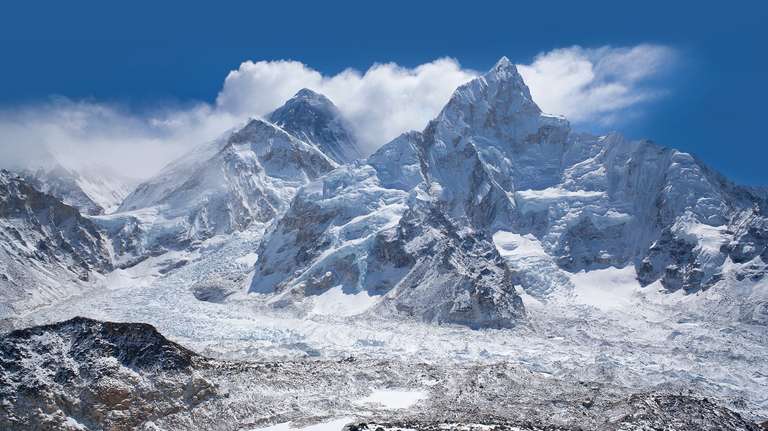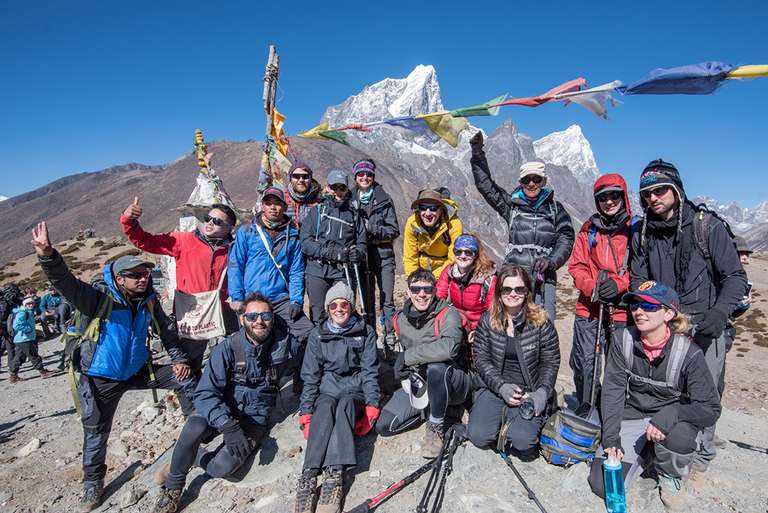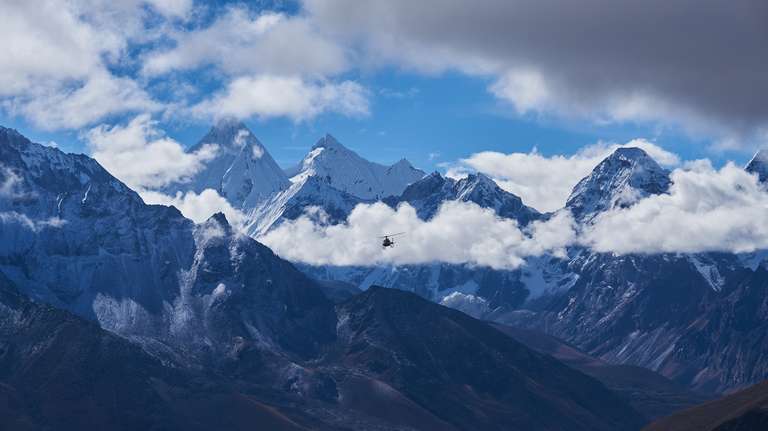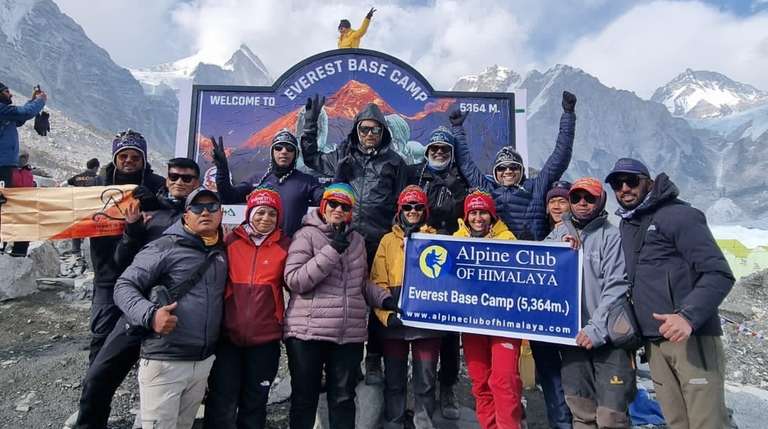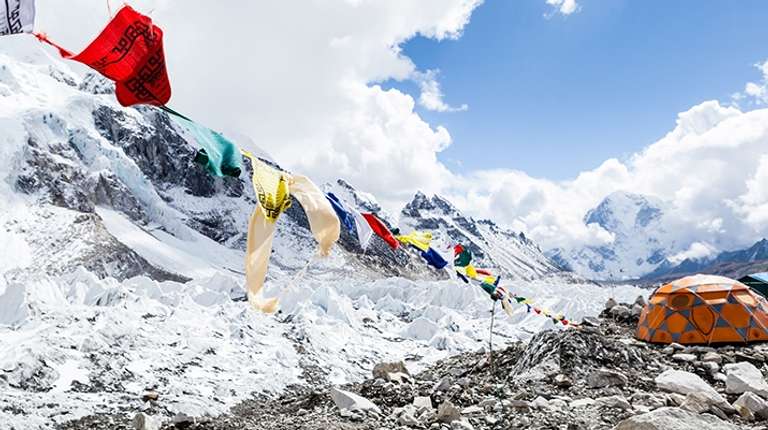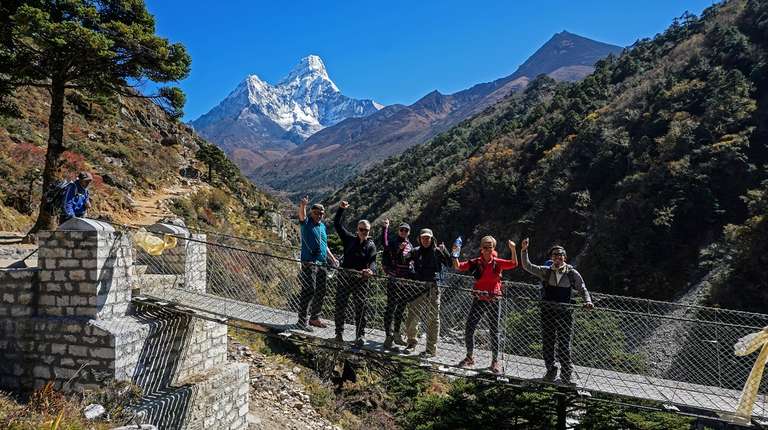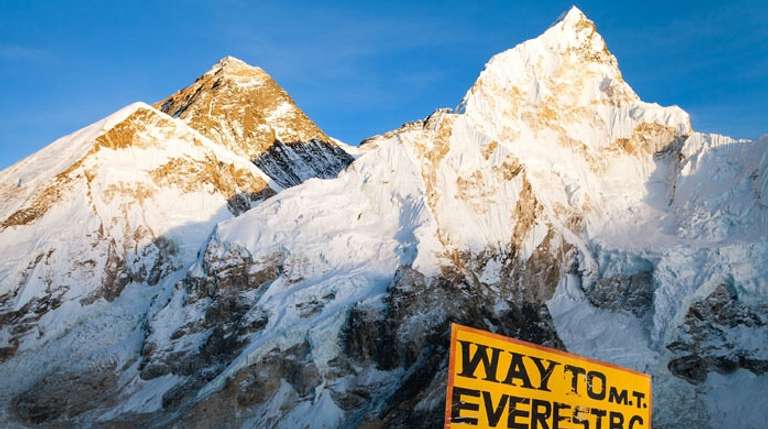Best Time To Trek To Everest Base Camp
- Excellent
- Good
- Fair
- Poor
- JanAvg Daily: 0 ° CAvg Nightly: -12 ° C
- FebAvg Daily: 2 ° CAvg Nightly: -12 ° C
- MarAvg Daily: 3 ° CAvg Nightly: -10 ° C
- AprAvg Daily: 6 ° CAvg Nightly: -9 ° C
- MayAvg Daily: 8 ° CAvg Nightly: -8 ° C
- JunAvg Daily: 9 ° CAvg Nightly: -4 ° C
- JulAvg Daily: 10 ° CAvg Nightly: -1 ° C
- AugAvg Daily: 10 ° CAvg Nightly: -1 ° C
- SepAvg Daily: 6 ° CAvg Nightly: -6 ° C
- OctAvg Daily: 4 ° CAvg Nightly: -8 ° C
- NovAvg Daily: 0 ° CAvg Nightly: -12 ° C
- DecAvg Daily: -1 ° CAvg Nightly: -13 ° C
- Excellent
- Good
- Fair
- Poor
- Dana Yatsyshyn
- From Nepal
- Dana Yatsyshyn
- From Nepal
- Steve Brooks
- From USA
- Victor Thompson
- From USA
When is the best time to trek EBC: Quick Facts
- High tourist season: Late March to early May
- Low season: Late May to early September
- Best seasons: Late March to early May and late September to early November
- All seasons: Late March to early May, late May to early September, late September to early November, late November to early March
Spring season (late March–early May) followed by autumn (late September–early November) are the best months to visit Everest Base Camp. Everest Base Camp weather in winter (late November–early March) is colder and snowier, but you get great views of the mountains. In Nepal, the least-ideal for trekking monsoon season lasts from late May to early September, and the route gets muddy and filled with leeches.
When to trek EBC: Seasonal Overview
Spring in EBC — Late-March to early-May

This is the best time to trek Everest Base Camp. Being the peak trekking season in Nepal, you’ll see a lot of trekkers, Sherpas, and animals like yaks and horses on the route. Though crowded, the classic route starting from Lukla and following the Dudh Kosi River is by far the most popular route. It does mean larger crowds this time of year. You can also start the trek from Jiri, known as the Pioneers’ Route, to avoid the crowds till you reach Lukla. A more challenging alternative is the Three Passes Route which will take you to higher altitude locations like Kongmala, Chola Pass and Renjola Pass.
- Average temperatures: Maximum 6°C (42.8°F). Minimum - 9°C (15.8°F)
- Average rainfall: 38 mm
- Highlights: With warmer weather, flowers like rhododendrons bloom all along the route. The views of the mountains are generally unhindered and quite spectacular, and it doesn’t rain much.
In-depth month-wise guides:
Everest Base Camp trek in March
Everest Base Camp trek in April
Everest Base Camp trek in May
Summer in EBC — Late-May to early-September

Rains are heavy in Nepal during the monsoon and the Everest Base Camp trek is no exception. Although temperatures are warm, it may rain every day during these months. The trails become muddy and visibility is low because of thick cloud cover. This is also the season of landslides and safety may be a concern. But if you are still up for it, your best bet is the traditional route following the Dudh Kosi River.
- Average Temperature: Maximum 8.5°C (47.3°F). Minimum -4°C (24.8°F)
- Average Rainfall: 180 mm
- Highlights: If you’re still willing to trek in the rains, one advantage is that the route won’t be crowded. Monsoon is low season and you can do the trek on a lower budget.
Autumn in EBC — Late-September to early-November

Along with spring, autumn is the best time of the year to go to Everest Base Camp, but the trekking season tends to get overbooked. The traditional Everest Base Camp trek and the Three Passes route are both good choices.
- Average Temperature: Maximum 4°C (39.2°F). Minimum -8°C (17.6°F)
- Average Rainfall: 76 mm
- Highlights: The temperatures are moderate and these are generally dry months. The post-monsoon window – good weather and great views on the trek route – lasts for about 2 months before winter sets in.
In-depth month-wise guides:
Everest Base Camp trek in October
Everest Base Camp trek in November
Winter in EBC — Late-November to early-March

Trekking to Everest Base Camp in winter can be challenging but you get to enjoy lovely views of the Himalayas. The season is fairly dry but expects heavy snowfall at higher elevations. Winter is considered low season and you are likely to find only the more experienced trekkers on the route. You can start from Jiri to Lukla if you wish to get better acclimatized to the conditions before joining the classic trek from Lukla.
- Average Temperature: Maximum 1°C (33.8°F). Minimum -13°C (8.6°F)
- Average Rainfall: 25 mm
- Highlights: Crowds will be thin no matter which route you trek. While winter is not the best time to travel to Everest Base Camp, this is a more budget-friendly option. For more information, check out our guide on the cost to trek Everest Base Camp.
More information:
Altitude Illness while Trekking in Nepal
How long does Everest Base Camp trek take?
How to get to Everest Base Camp
Weather in Everest Base Camp: Rainfall and Temperatures
| Month | Jan | Feb | Mar | Apr | May | Jun | July | Aug | Sept | Oct | Nov | Dec |
| Avg Daily (°C) | 0 | 2 | 3 | 6 | 8 | 9 | 10 | 10 | 6 | 4 | 0 | -13 |
| Avg Nightly (°C) | -12 | -12 | -10 | -9 | -8 | -4 | -1 | -1 | -6 | -8 | -12 | -3 |
| Avg Daily (°F) | 32 | 36 | 38 | 43 | 47 | 49 | 50 | 50 | 43 | 40 | 32 | 31 |
| Avg Nightly (°F) | 11 | 11 | 14 | 16 | 18 | 25 | 31 | 31 | 22 | 18 | 11 | 9 |
| Avg Rainfall (mm) | 20 | 25 | 25 | 40 | 50 | 170 | 260 | 250 | 170 | 50 | 10 | 10 |


